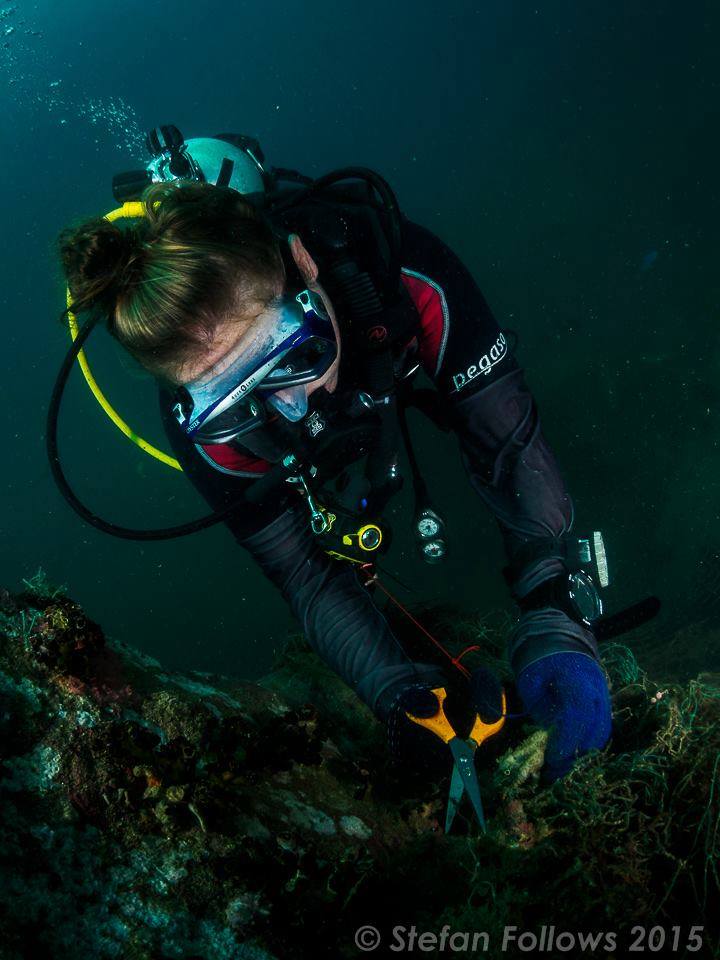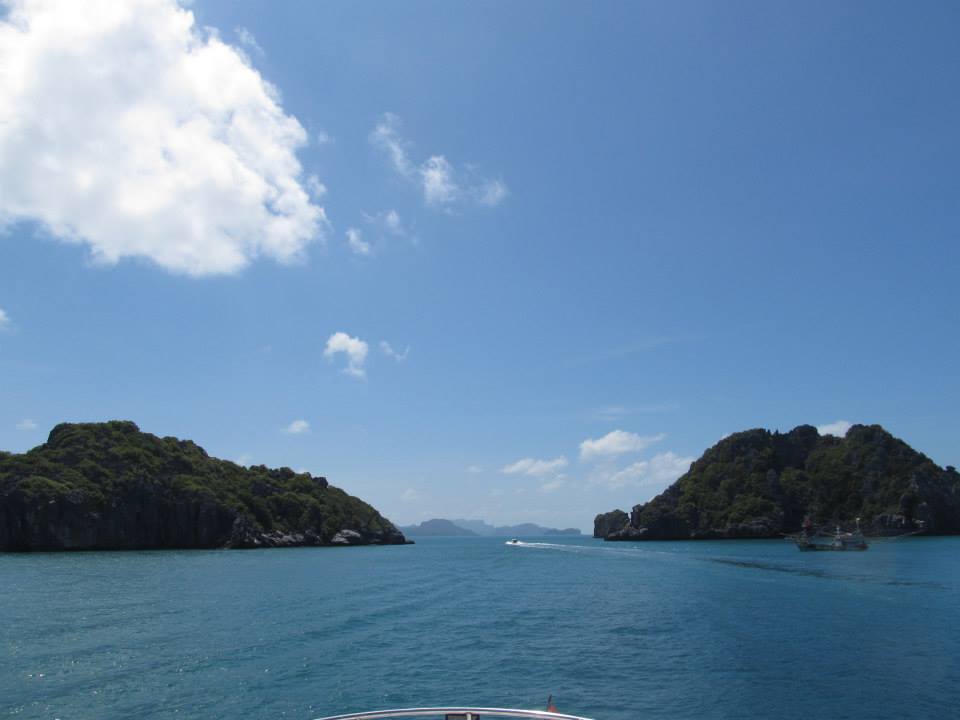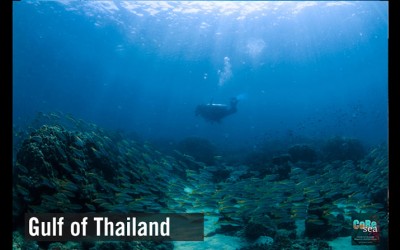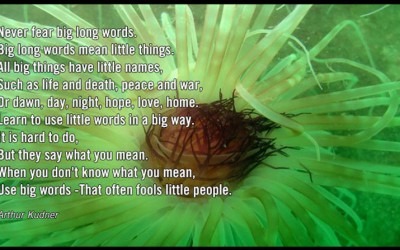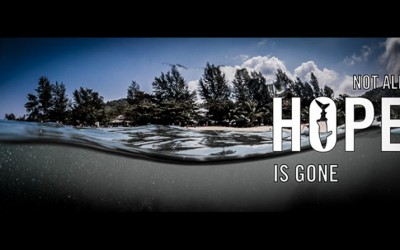The coastal zone is a very dynamic place, because it is influenced by so many different factors. Like, waves, tides, currents, river discharge, changing sea levels, sinking and rising of the land and of course those pesky humans you see everywhere. But this also means that the coastal zone is a very interesting place with lots of stuff happening in it.
The one thing that everybody knows about the coastal zone is of course the corals reefs. Such an important area with 25% of all fish found in these reefs. But also a very delicate place with so many different factors destroying them. Because there are so many fish in coral reefs fishermen just love ‘em. This on its own isn’t a problem, as long as it’s done sustainably. The trouble begins when the BIG companies show up and destroy it all with their nets or lose their nets on top of the reef. As you can imagine this isn’t very ideal for the corals.
Then we have tourists standing on corals, just because they don’t know any better. They break off little bits of them, which can take years to grow back. And very slowly are even able to change the shape of a colony.
And it’s not just people who destroy the reefs, but also events like the El Niño which can cause mass bleaching events. Like I said, delicate.
An estuary is another coastal ecosystem and one of my favourites. An estuary is located between the mainland and barrier islands and is where the fresh river water meets the salty ocean water. Thanks to the tides this water is constantly mixing, sometimes being saltier than other times and vice versa. It is a very stressful environment, which means that there isn’t a high variety in species.
Until not too long ago people thought that with the constant mixing, estuaries would get flushed daily, leaving them clean and pure. Sadly this isn’t true, estuaries have a limited capacity to absorb pollutants. They are even able to trap and store pollutants.
The many stresses that estuaries face, like, pollutants, flood control causing less fresh water to enter, storm water bringing in extra debris, chemicals and sediment and non-treated sewage bringing in viruses, bacteria and parasites make it even more difficult for the already low variety in species to survive this dynamic ecosystem.
To be able to manage areas like these, and many more, you don’t only need to understand these biological and ecological processes, you also need to understand all the laws around them and understand who the stakeholders are and what they want and need. Once you understand both sides of the story you can become a bridge between the two and make decisions that are in everybody’s best interest. Then we have happy companies, biologists, politicians and tourists. This is the key point to Coastal Zone management.
Sources:
Invitation to Oceanography, Paul R. Pinet, 2013
http://water.epa.gov/type/oceb/nep/challenges.cfm
Buy cool Apparel
Support us, buy cool stuff
Join the team
make a difference
Learn more
About the Oceans
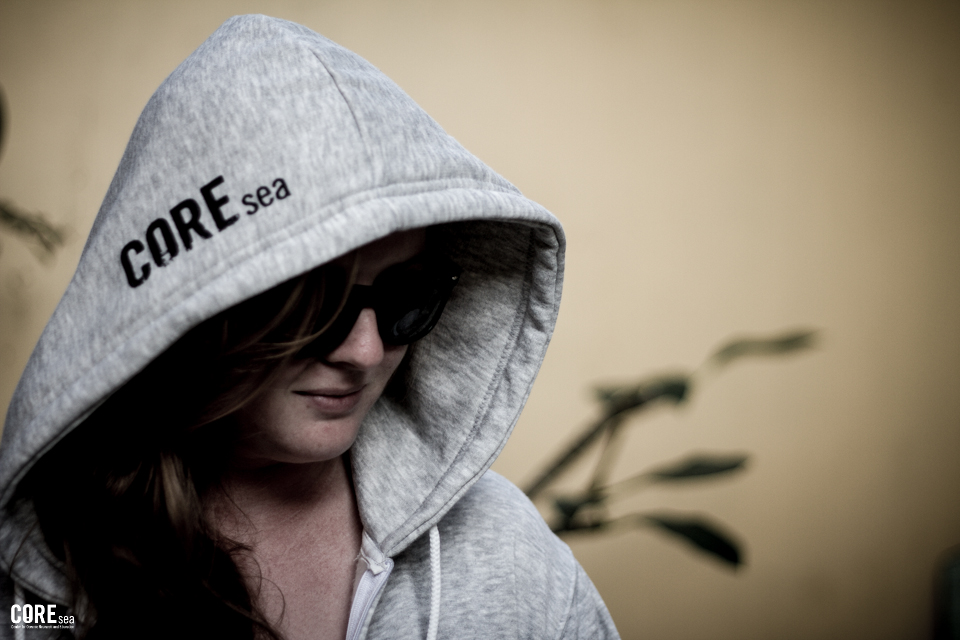
Ellie Branton
Author
Ellie studies Integrated Coastal Zone Management at the Van Hall Hogeschool in Leeuwarden, Netherlands. She joined us for an Internship from September 2014 to February 2015, and is currently developing an app together with other interns and our technical team, while getting her Bachelor’s degree.
Browse other Articles
About the state of health of the Gulf of Thailand (3)
As part of my diploma thesis, I joined the CORE-SEA-Team from February to May 2011. Rapidly increasing tourist numbers in the area of the lower Gulf of Thailand, accompanied with water pollution, overexploitation of marine resources and disturbances by dive...
About the state of health of the Gulf of Thailand (2)
Hauke Schwieder, Leibniz Center for Tropical Marine Ecology (2011, edited in 2014) In "little" Words A lot of nutrients can be bad for slow growing corals. Their "arch-enemy", algae, love it and they use it to grow even faster than usual. Like weeds in your garden...
About the state of health of the Gulf of Thailand
The state of eutrophication and overfishing in the Samui Archipelago, lower Gulf of Thailand Eike Schoenig1, Hauke Schwieder2, Susanne Pusch2, Panthanee Pengsakghun3, Kai Vetter4, Emma Shaw3 1: CORE sea, Thailand; 2: Leibniz Centre for Tropical Marine Ecology,...
Shifting Baselines
After we posted the article about the history of the Gulf of Thailand (read here), we were asked a couple of very good questions. The questions are quite fundamental and philosophical in nature, but let's see if we can get them sorted. When were there 100% living...
Welcome to the Gulf of Thailand
Welcome to the Gulf of Thailand, which covers roughly 320,000 square-km, connecting Thailand, Vietnam, Cambodia and Malaysia with the South China Sea, and ultimately the pacific ocean. You’ve come to visit a rather peculiar body of water. The Gulf is very young and...
